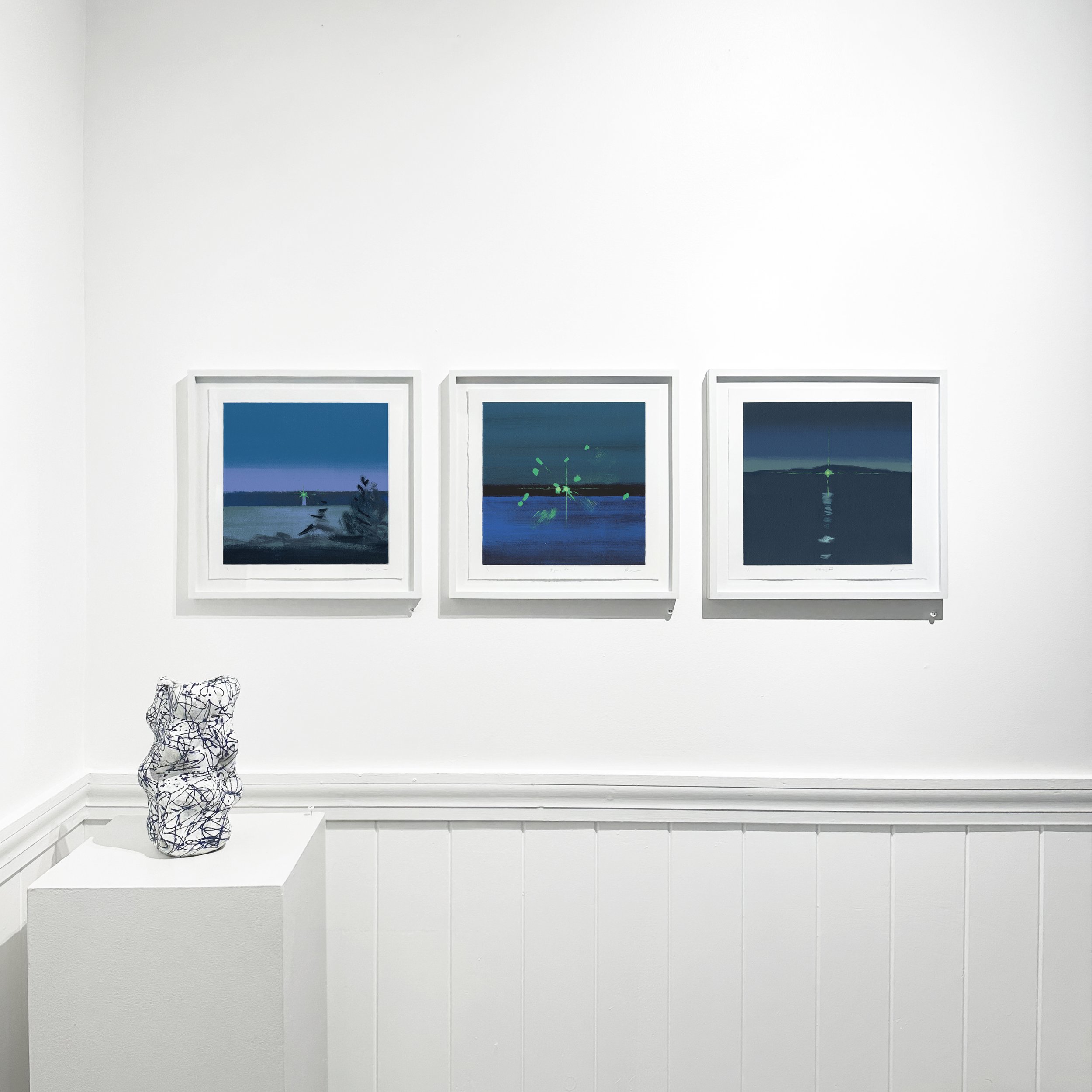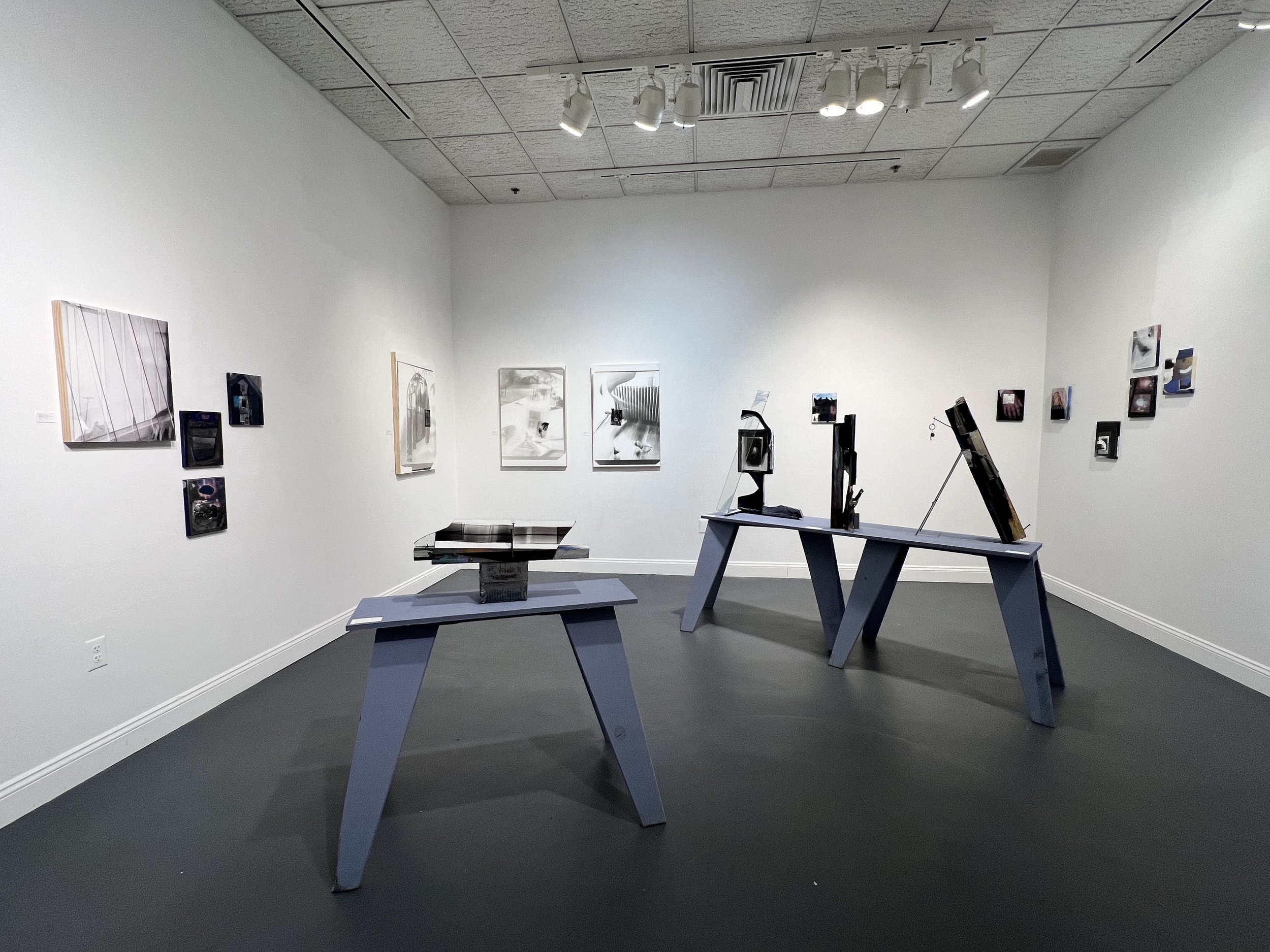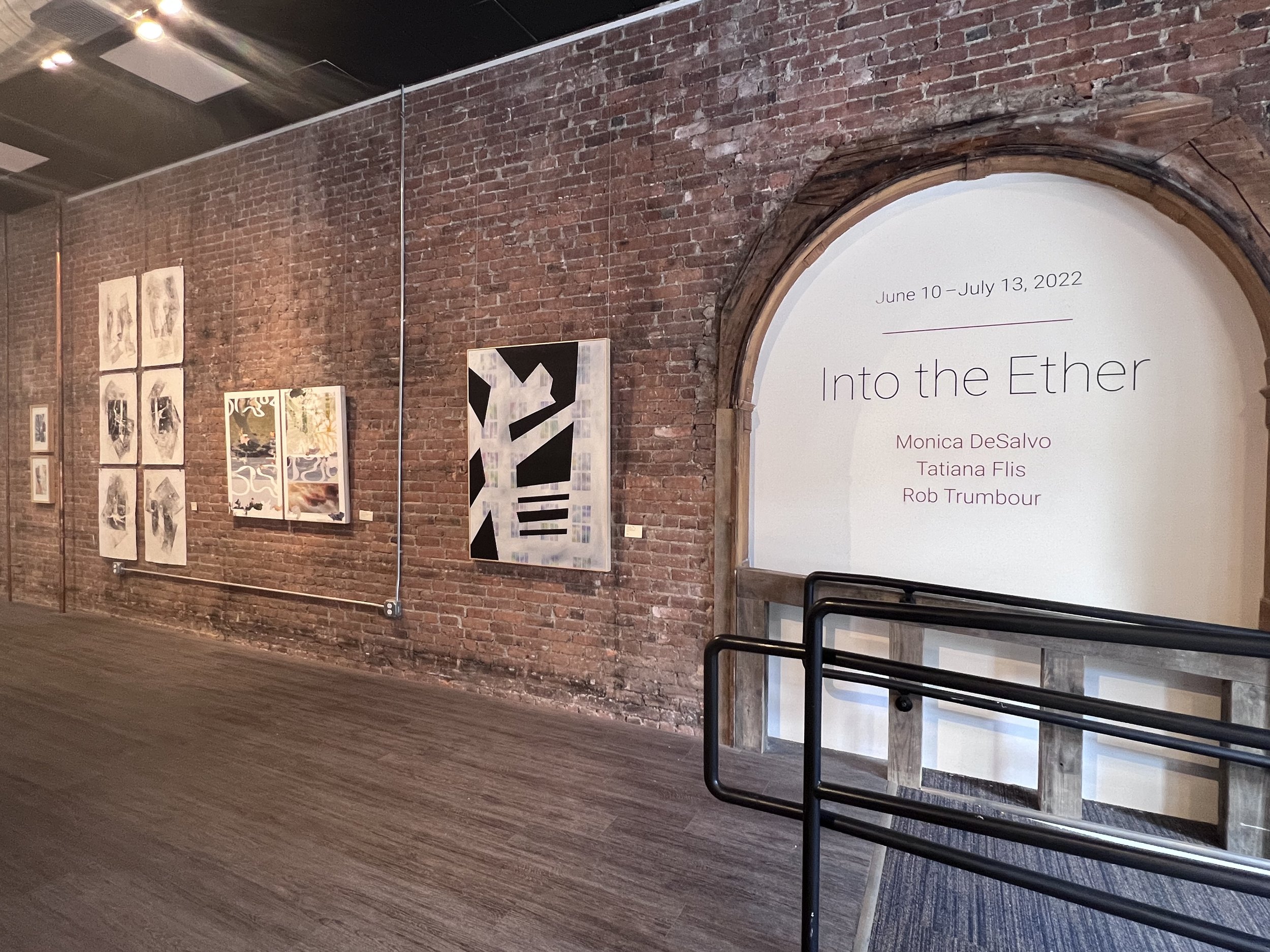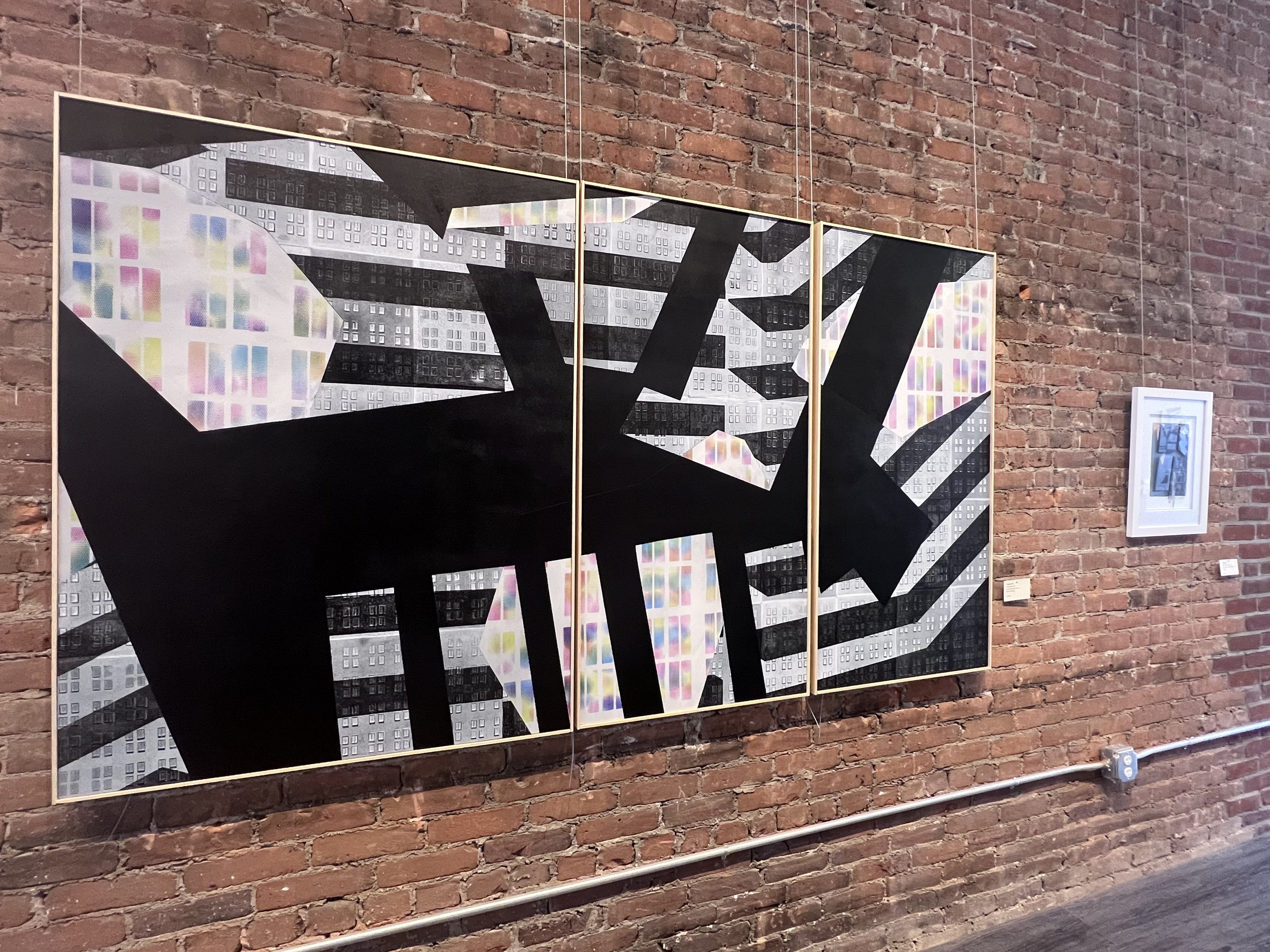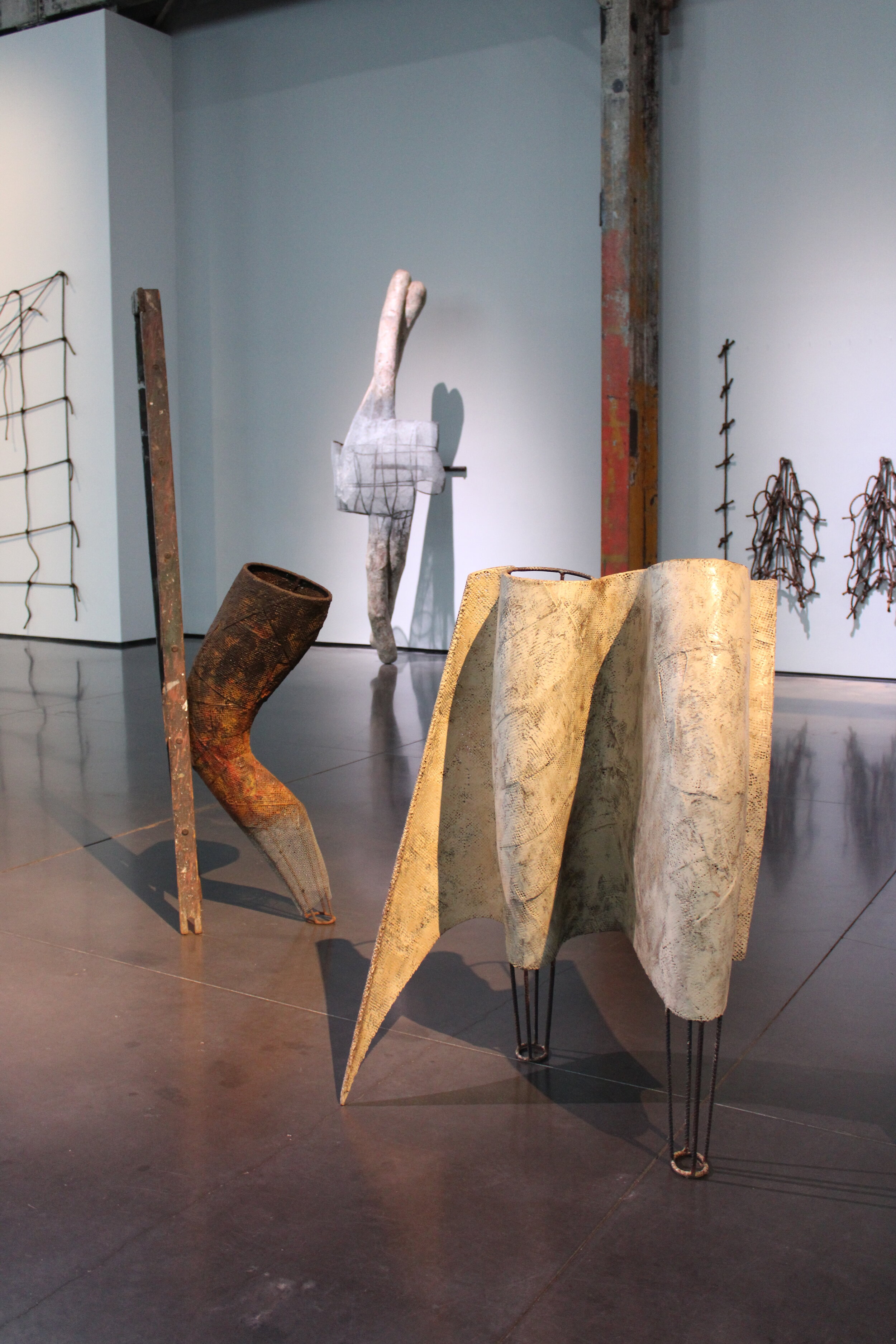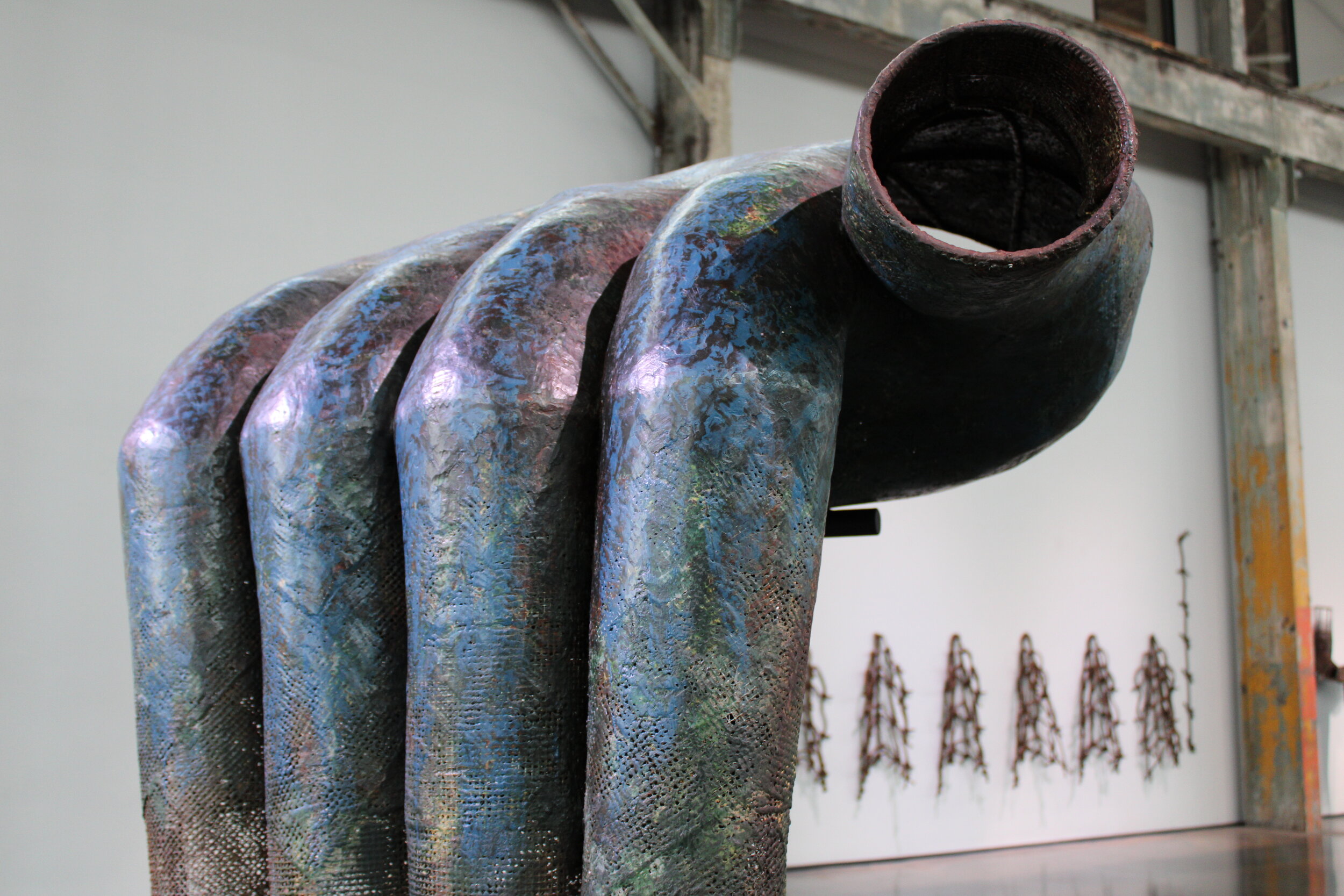The Providence Art Club (where I’m the gallery manager), was founded in 1880 with a unique multi-part mission to cultivate an interest in what the early members broadly referred to as “art culture”. The individuals who started the organization were artists and collectors as well as business people and professionals who cared about patronage and camaraderie centered in the arts. In the founding documents of the Club, these forbears also said that they wanted to host annual exhibitions that featured both member artists of the organization as well as “others not members who may be invited to participate”. The tradition of including non-member artists has ebbed and flowed at the Art Club, but during the Covid-19 Pandemic, I was grateful that the Club allowed me to establish an Annual Community Invitational Exhibition which I assemble each spring. The 2025 iteration of the show is on view through April 17 in the Club’s Dodge House Gallery.
On view through April 17, the Community Invitational can be seen in the Dodge House Gallery at the Providence Art Club.
My philosophy as an exhibition organizer often leans into the open-ended, with my key aspiration being to bring interesting artists together. For this Community Invitational, I turned to artists I’ve written about, seen at other shows, met at artist drinks events I’ve organized, or those who filled out an interest form I circulated earlier in the year. The result is a show that hopefully encapsulates some of what contemporary art makers in Rhode Island are interested in right now. Works by Madison Albanese, Teiko Calhoun, Dominick Cocozza, Mary Connell, Kailey Coppens, Leland Foster, Naylea Hernandez, Scott Lerner, Gabrielle LoTurco, Keara McHaffie, Nick McKnight, Madeline Menkes, Matthew Napoli, Adolfo Peralta, Hayley Perry, Alina Puccio, Cameron Smith, Isabella Uliasz, Liz Welch, and Lilah Yektai are featured.
The artists in the show work in a range of media, from painting and printmaking to ceramic, fiber, and even neon. They have a breadth of experience. Some are current students or self-taught makers, while others hold MFAs, and still others are established artists or professionals with art-focused businesses. They are all Rhode Islanders and represent the next generation of individuals shaping culture in the region. The works on view embody all kinds of values that create an exciting show. They are personal, distinct, creative, and, importantly, fun to explore.
The show includes works in a range of media by 21 artists.
I hope that when visiting the show, viewers reflect on some of unique qualities of individual artworks or find some of the connections between the works that I saw as I was installing the exhibition. Each artwork is also accompanied by a QR code that leads to the artist’s website or social media. I hope this encourages visitors to discover a new artist, find a new connection, learn something about the people with art on view and their unique experiences. As its name suggests this Community Invitational is designed to celebrate, bring people together, and cultivate new connections. I know that for me personally it has already done just that.
The Fourth Annual Community Invitational Exhibition continues through April 17, 2025 in the Dodge House Gallery at the Providence Art Club. The gallery is located at 11 Thomas Street on historic College Hill in Providence. Admission is free and the space is open to the public 12-4pm Sundays - Fridays. For questions, contact me at the gallery at michael@providenceartclub.org.
Contemporary paintings that range from figurative to abstract to surreal are all highlights of the exhibition.
Works by recent RISD alums Cameron Smith and Madeline Menkes, both gallery assistants at the Club.





